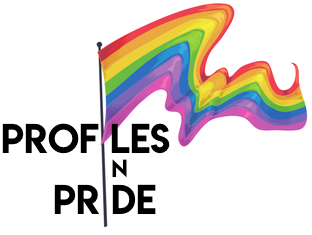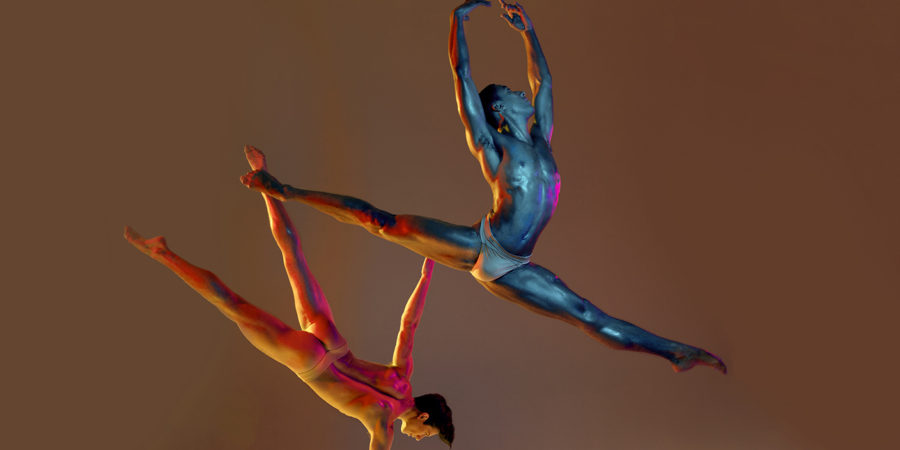As a young boy, Harper Watters never imagined he’d one day become a professional ballet dancer in one of the nation’s top ballet companies — or a social media sensation.
Watters, who is African American, was adopted into a caucasian family as a baby. He was raised in Dover, New Hampshire, a predominantly white town. Seeing representation of other black people — especially gay people of color — on television helped give him a sense of belonging. While Watters was always into dance and movement, he didn’t ever see himself doing ballet until he watched a black, openly gay ballet dancer perform on a PBS broadcast.
Watters himself knew he was gay by the time he was 12, and he came out to his family at 14. He initially felt euphoria, but it was quickly overtaken by a fear of returning to school as an out gay person. Watters convinced his parents to let him audition for a performing arts high school in Boston, and he got in. While his path initially seemed to lead him to modern dance, a summer ballet program revealed that ballet was actually his calling — and that he was damn good at it. He flourished and moved to Houston when he was 16 to begin performing with the Houston Ballet, which is one of the top five ballet companies in the country.
Watters was a skilled ballet dancer, but a part of him held back and worried what others thought of him. It’s not surprising considering how ballet is often so prim and proper. Then one of his fellow male dancers gifted him and several other boys in the company with pairs of pink high heels. Someone filmed Watters and another ballet dancer goofing around and dancing rather impressively on treadmills in the heels, and the video went viral. Watters realized he was onto something and began sharing videos of himself dancing (both ballet and modern) in the sky-high baby pink heels.
The shoes helped him adopt a fierce, confident new attitude that he says he carried into the ballet studio, which elevated his dancing and led him to score a position as a soloist. He also began filming backstage antics at the ballet and created an online series, The Pre Show, to give viewers a rare inside look into the lives of young dancers.
Now 27, Watters still performs with the Houston Ballet, and he continues to break stereotypes as an openly gay African American ballet dancer. His bold attitude and infectious personality have led to a large social media following, and given how important representation was to him as a youngster, he doesn’t take the power of his visibility lightly. It has also landed him partnerships uncommon for ballet dancers, such as one with Target and another with a campaign by the Houston Health Department to spread awareness about HIV/AIDS.
This is Watters’ story of coming out as gay, falling in love with ballet, finding his power in authenticity, and using his visibility for good.
Profiles in Pride: When did you realize you were gay, and what did coming out look like for you?
Harper Watters: I feel like I always kind of had an inclination; I’ve always been someone who’s very self-aware and attentive to picking up on details. What really sticks out for me is America’s Next Top Model. I was obsessed with reality TV, and it wasn’t like it wasn’t allowed by my parents, but I’d always sneak and watch The Real World and these shows that maybe aren’t the most educational in the sense of my schooling at the time, but socially it really had a big impact on me. I grew up in Dover, New Hampshire, and the diversity there is non-existent. It was amazing to turn on the TV and see people of color expressing themselves like this and interacting with each other.
There was a runway coach on America’s Next Top Model, Miss J. There was this kind of androgynous, gender-bending aspect to who he was. The concept of him looking like a man but being referred to as Miss, and throwing on a pair of heels and owning the space he was in, was really was confidence-boosting for me. He was African American and I saw a lot of what I could become, or qualities that I had.
On the flip side, there was a dancer named Albert Evans, and he has since passed away, but he was a principal dancer with the New York City Ballet. He was African American, and there was a live broadcast of a New York City Ballet performance on PBS that my parents forced me to watch. I was like, “I’d rather watch The Real World!” But he performed and I was so captivated by his performance. There was a ballet he danced called “Red Angels” by Ulysses Dove.
It starts with him in silhouette, and he struts down the stage and begins his solo. I was really intrigued as to who he was, so I did my research on Google. I read that he was gay and out. When he was strutting down the stage, I saw such similarities to Miss J. I was like, “Oh, I dance, I look like that, I have those qualities, maybe I’m gay.” That was when it really started. I just put two and two together. I must have been between 10 and 12.
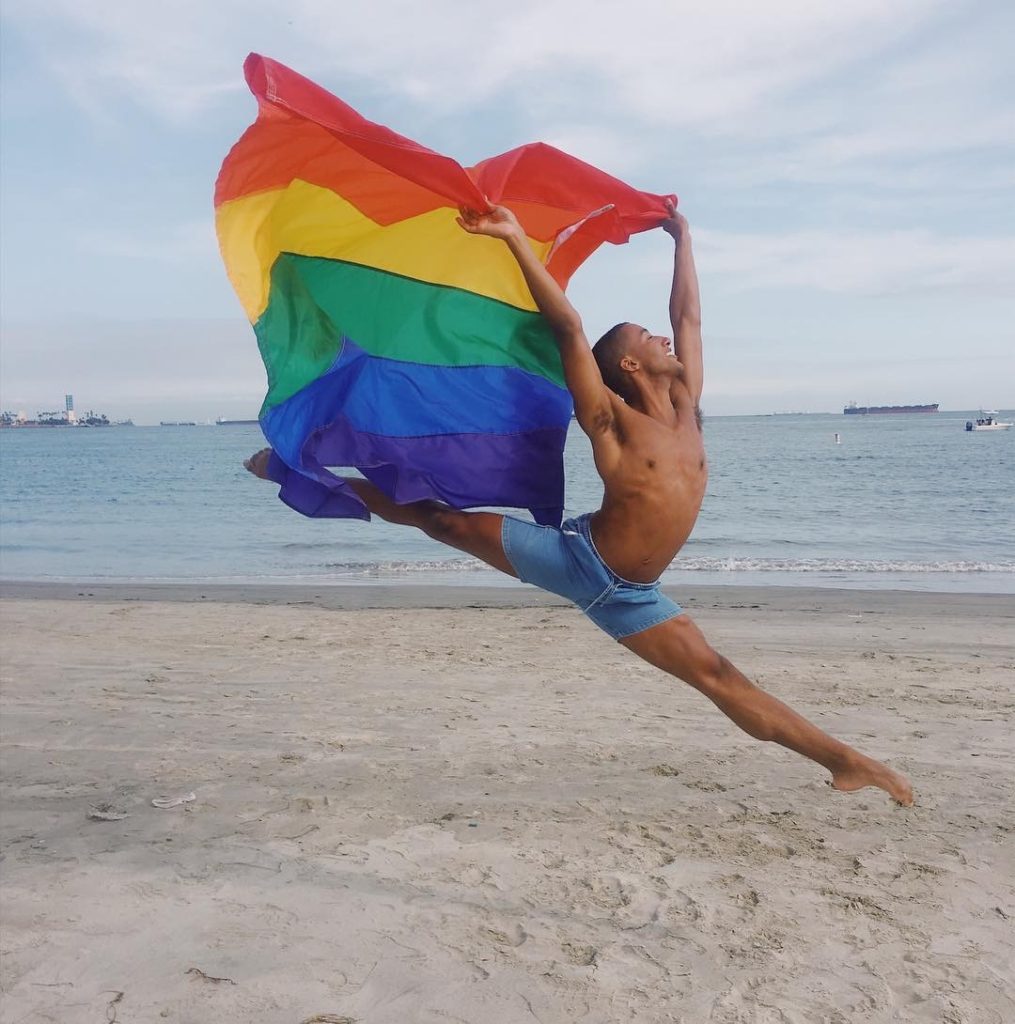
I moved away from home when I was 14 to go to a performing arts high school, and I was actually watching an episode of America’s Next Top Model before I walked downstairs and came out to my parents. It was definitely like this internal growth that I was doing on the inside and I really didn’t tell people. When I did come out, the first thing my mom said was, “I knew since you were 2!” My dad started crying. I was like, “Oh God, did I upset him?” He was like, “We love you so much!” I’m very lucky to have that environment, which is really a big inspiration to do why I do, because I know that’s not the case for everybody.
PIP: Definitely. Is that performance by Albert Evans what sparked your interest in ballet?
HW: My dad is a state senator and my mom is retired, but they were both college English professors, so there was a real emphasis on the importance of the arts growing up. Dance companies would come perform at my dad’s college. I’d see them, and that was my first taste of dance.
I got the gift of seeing the New York City Ballet Nutcracker starting Macaulay Culkin as the prince. There was a snow scene, and there was this one African American girl in the core. It’s stark white, with white tutus and white crowns. They hold these white snowflake things in their hands, so when she came running out, she stood out immediately. I remember telling my parents, “I want to be her.” It inspired me to do my own one-man Nutcracker that I’d force my parents to watch in the living room.
That was my first real professional ballet company exposure, but watching Albert Evans in the PBS broadcast was another monumental moment. I think my parents saw me respond well to it. My dad built me my own balance beam so I could do gymnastics in the house. They knew I was a mover, and they always encouraged me to let it out, but they also were like, “We need to find you a dance studio,” because I have a lot energy.
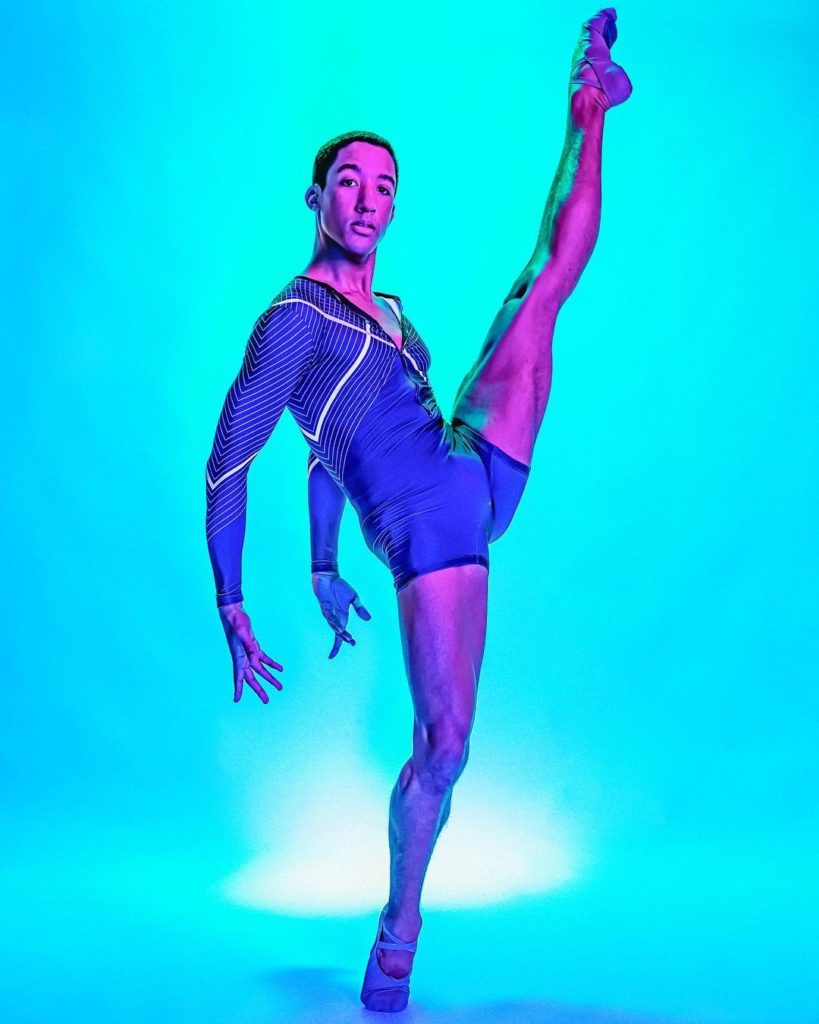
PIP: I read that you thought you might end up in modern dance and at first just did ballet as a requirement for that. What ended up keeping you in ballet?
HW: Really it was coming to Houston, and prior to that, my performing arts high school. When I came out at 14, at first I was really overjoyed. I’ve said before that it was like that Beyonce “Hold Up” music video where she opens the door in the yellow dress and the water just comes pouring down the steps — it was like this emotional release and I felt incredible, but days after I was like, “Nope, I can’t go back to school.” I was petrified.
I knew of this performing arts high school in Boston. I fully believed the stereotype that every guy in ballet was gay. I was like, “I need to go to performing arts high school, that’s where I’ll fit in.” I forced my parents to let me audition three weeks before the start of the school year. I auditioned and I got in.
Looking back at it now that I’m 27, I don’t know if I’d say you need to change your environment when you come out. I don’t think that’s an idea I’d promote, but I did, and it worked out for me. I think each case and story is different, but it’s just interesting that my career in dance really took off because of my fear of going back to my high school.
When I got to the performing arts high school, we had auditions and placement, and I was put in the lowest level of ballet, but I was placed in the highest level of modern. That gave me this idea that it’s important to be who you are, but the dance gods are saying, “You’re not meant to be a ballet dancer.” But I had to do summer programs, where we’d go for six weeks to train at a professional ballet company.
My first summer program was in Washington, D.C., and I went to the Washington Ballet. That was my first real taste of training from a professional ballet company. I had training from teachers at my performing arts high school, which was incredible for me, and it was an eye-opener. But when I went to Washington Ballet, that was really transformative in my dancing. The response I had to the teachers and the work environment showed me, “No, you can be a ballet dancer if you really work hard at it.” That was motivation for me to come back to my performing arts high school for my junior year, and then that summer they sent me to Houston, and the rest is herstory.
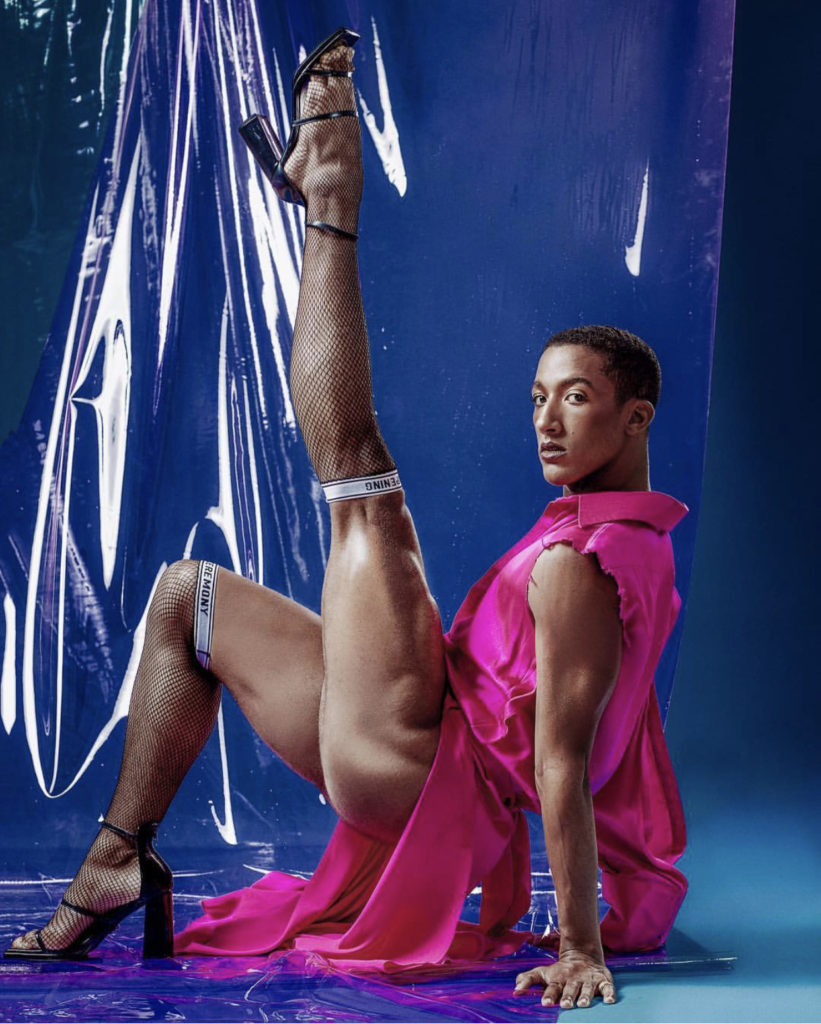
PIP: On social media, you share videos of you doing amazing choreography in your infamous tall pink heels, and it started with the one above that went viral. How did this all begin?
HW: I had this group of five boys in my ballet company; we were all the same age, we were all gay, and it felt like a really special moment for all of us at that time to have such close friends. One of them really wanted to do a drag night, and we were like, “I don’t know.” We felt if we did it, we really had to do it, and we just didn’t want to spend money on it. We were early in our careers, you know, starving artists! For Christmas he got us all heels. It was kind of his way of being like, “Well, now we got heels, so we can finish this.”
We have a gym at the ballet, and for some reason he brought our presents to work one day. We opened them, and in the gym after our workout, I was like, “Could you imagine if we just hopped on the treadmill in our heels? How ridiculous would that be?” We did it and our friend filmed us, and that video wasn’t even planned. It was just him capturing what we were doing. Instagram was not something I looked at as a platform then; it was really for me to post my food and my dancing. I had no idea what that world was and the power and the kind of visibility you could achieve on there until I shared that video, shut my phone off, and came back a few hours later, and was like, “Oh my gosh, this is insane!”
I’m a performer, we all love attention! I thought I was instantly famous, so I was like, “I need to give the people what they want and make more of these videos!” It turned into me wanting to do more of that, but I had no idea what that would grow into and how it would impact me and my dancing. I think a lot of people look at it as a humorous funny video, which it is, but to me it’s so much more. The heels represent this cape of fearlessness and confidence and this attitude. It’s a way of self-expression.
What I try to do on my videos and social media is to share that, but to also share my professional dancing career to show that you don’t have to sacrifice who you are and what qualities you have to achieve your goal and accomplish what makes you happy and what you’re dreaming of. Because I’m a working professional soloist with a top five ballet company who also has a sickening strut on a treadmill, you know?
The confidence that gave me the ability to be unapologetic and share that type of video — I’ve learned to take that into the studio and not focus on what people are thinking about my dancing or the potential judgments, and to dance for myself and to have something to say with my dancing. The second I started doing that, more roles started to come my way, and I started to dance better and was promoted twice. There’s a real power in being yourself, and it all started with those pink heels.
PIP: That’s incredible. Between those pink heels, and you being an openly gay person of color, you’re breaking some stereotypes about ballet. How does that feel?
HW: It’s quite empowering, but my mission is to be the best dancer I can be, and that will always be my focus. I hope that people understand that dancing is an elite art form, and at the end of the day those people who are up on stage are there because they deserve to be there, not to fill a quota. So my goal isn’t for people to say, “Harper, you need to do the prince in Swan Lake because you’re African American.” My goal is for people to say, “Wow, you need to do the prince because look at how you’re dancing.”
My job as and my fight is to be the best dancer I can be, not only so I can achieve that for myself, but so that I can empower those who don’t think they can step in a dance studio, or don’t think it’s possible for them to be a dancer because of their background or who they love. For them to step into a studio so that in a few years, it will be more colorful and more diverse and the stereotypes are broken, and we have dancers who can do the pirouettes immaculately and can do the jumps just as high, but are also so diverse in who they are. I’m aware that I’m a minority, but I try to not necessarily focus on that, while also focusing on that, if that makes any sense.
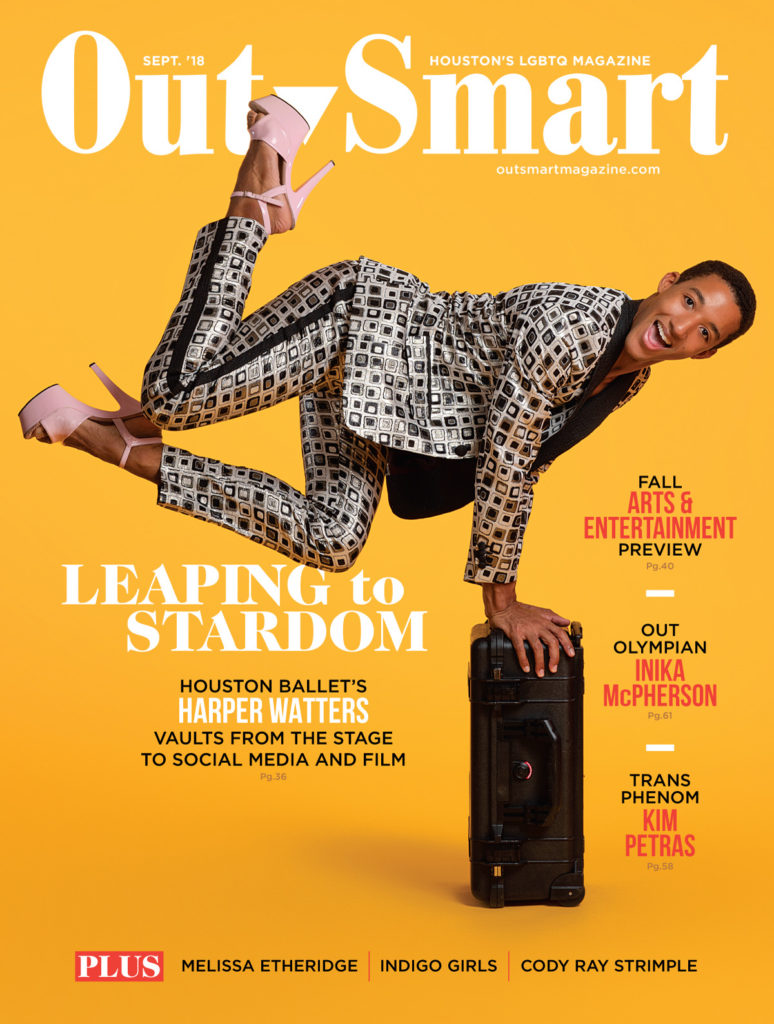
PIP: It does! I read an interview where you spoke about how some people make a big deal about someone being a gay athlete, and how that shouldn’t have to be a part of their identity we focus on.
HW: Yes, it’s such an impactful conversation to have, sexuality and identity. I find myself really having to be aware of how I speak to people and identify people, but also I want to be so respectful and talk about it. I find it a little bit difficult sometimes, because when you step into a work space or an art space or your profession, that really shouldn’t have any weight. It should be about what you have to offer, but I do think it’s important to acknowledge when someone achieves that who has never achieved it before. It’s a very tough line to walk.
It’s arguable, but I think ballet is such an archaic art form, and the stories are built off of man to woman. There’s a lot of new creation, but the classics are built off of old stories and old relationships. It’s hard to combat the people in the front of the room who are maybe holding dance back a bit. But in what I see in the new creations and how dance is being shown now, we’re making steps toward adjusting that.
PIP: You run a YouTube channel where you have your series The Pre Show, giving people a behind-the-scenes look into the world of ballet. Ballet can be so prim and proper, but I love that it shows you’re real humans who have fun with it! Why did you start the series?
HW: Again, it wasn’t this planned thing where I was like, “I want to be the Wendy Williams of the dance world.” I was in the core; the core is the largest group of dancers in the company. There are seven ranks in our company of 65 dancers, and the core is probably 30 dancers. After your first year, that’s where you spend a good portion of your career. In the dressing rooms, when we get ready for shows, all the boys are in that room and we get to pick where we sit. I was in this row of huge personalities, and the conversations we were having were hysterical to me!
One day my friend Reese was sitting next to me; he’s not in the company anymore, but he was the one in the heel video. I was like, “Why am I not filming this?” I just put my phone up. I had actually started a YouTube channel prior to The Pre Show; it was me trying to be other YouTubers. Doing a challenge, or doing this type of format I saw other YouTubers have success with or were trending. I’d put on this affected voice with lots of tongue tops and lots of sass, and it was so forced and not working at all.
Then I was like, “Why don’t I just try uploading what I filmed that day in the dressing room?” Again, people were so responsive to it. I didn’t really understand why! Then I just made it something. I feel like people were starting to see themselves in the characters who were coming into the screen.
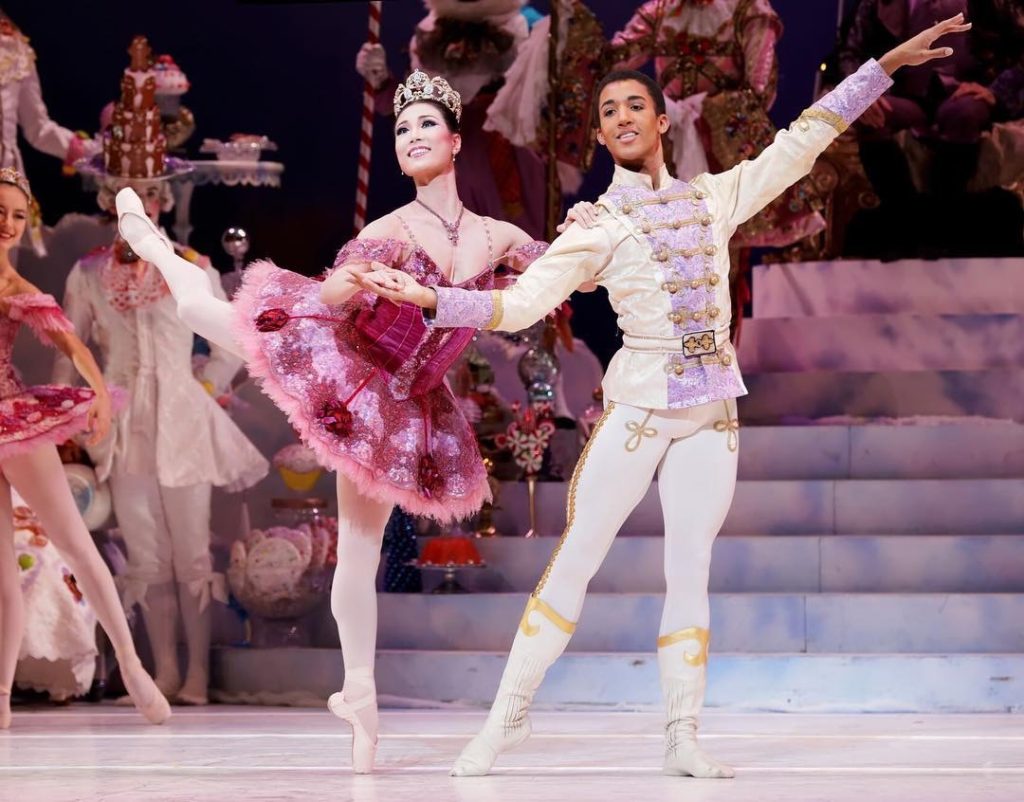
It’s a peek inside a world that’s not shown often, or it’s a way of saying, this is the world you thought it was, but it’s actually this. Looking back, I’m African American and gay, and I sat next to my friend who’s from Australia who traveled halfway across the world to train in Houston who’s sitting next to the caucasian Derek form Maryland who’s sitting next to Zecheng from China who’s straight, who’s sitting next to Hayden from Illinois. Here we all are talking about Beyonce or something, and putting on makeup. But then we’re stretching because we have to go up and dance Balanchine’s theme and variations.
The juxtapositions of everything just worked for some reason. It’s something I love to do and love to film. I’m really frustrated right now because Hurricane Harvey hit our theater about a year and a half ago, and I haven’t been able to do it because the basement where I film is under construction. I’m hoping soon we can have a reunion show of The Pre Show, because I miss it. Also, it’s fun to look back at The Pre Show and see how far I’ve come and where I’ve been. I used to make jokes with my friend Hayden, where we’d always say “core” because we were just stuck in the core, and now we’re both soloists have a new outlook on life. I look forward to the day where I can revive it.
PIP: It sounds like a recurring theme in your life is that you’ve found that whenever you feel free to be your authentic self, amazing things happen!
HW: Yes! I’m a big over-thinker and I’m a Capricorn, and my over-analytical self has always been my downfall — getting inside my head and trying to get into the minds of others. But it’s so true that over my career of life, the moments where I just let loose and let be, I’ve had the best results.
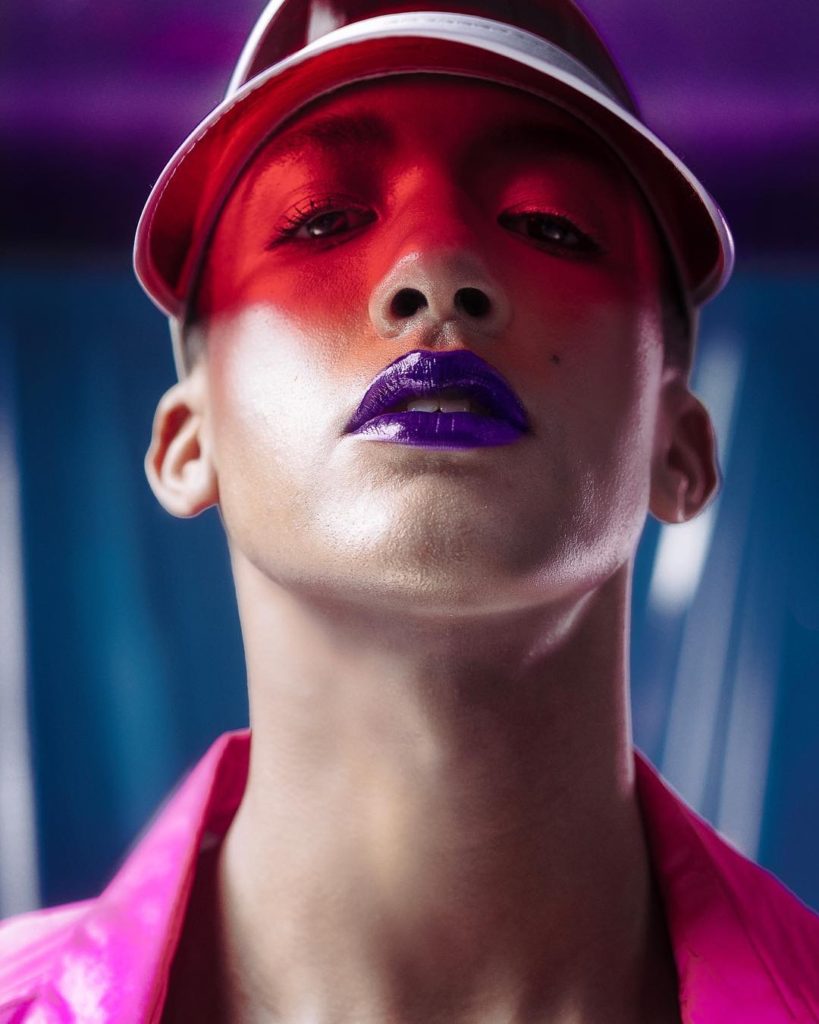
PIP: So what does your future hold?
HW: I say a goal would be, let’s get the same salary as an NBA player! My real goal is to popularize ballet so that it gets the attention and notoriety that I think it deserves. We are working athletes and artists getting pennies compared to other professional athletes. But also, our world isn’t as mainstream and popular like Broadway, where musicals are getting turned into movies, and Broadway shows that are touring where people spend hundreds of dollars to go to. My contract here is 44 weeks.
I feel like my efforts are to diversify and change the face of ballet, but it’s also to uplift it and to bring it mainstream. I want more people to see what dance is about and what dance can be, and the power that it has on-stage and off-stage. I may be wrong, but I think how you do that is you intrigue people by getting them into the theaters, and the more people you have seeing your stuff, the more possibilities you have.
Visibility is currency. I think about that on my social media. I know my heel videos are the most popular on my channel. It’s always in my mentality — I don’t care how you find me or how I get your attention, but now that I have it, I want to make sure you stay watching me. I think it’s the same principle for ballet; you need to get people in. And now that you have their attention, you need to show them this is what it’s about.
I’d love my own talk show eventually. I have exciting things happening, and I never imagined it when I was 14 coming to Houston. I thought I’d just be doing my pliés and tondues and working to become a professional ballet dancer. I had no idea I’d be partnering with Target and doing a Houston campaign for HIV treatment as prevention. I’ve come across people who on paper you wouldn’t think would associate with a ballet dancer, but they are because I’ve shared myself authentically, so I’m very excited for the future.
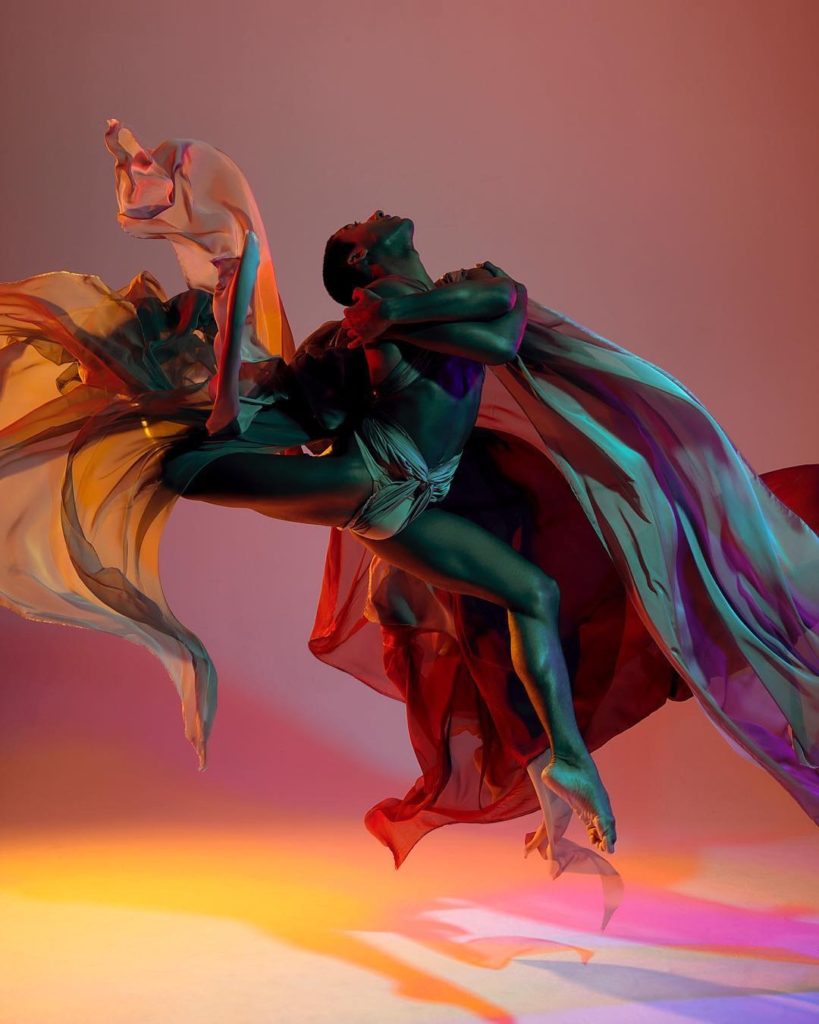
PIP: Before we go, can you share why visibility and representation are so important to you? And tell us, do a lot of other people reach out to you with their stories?
HW: Oh yeah. It’s been difficult to hear the stories of people not being able to come out or not being able to be themselves, or having to discover the definition of a chosen family, because not everybody has the support system that others have or that I’ve had. It’s so important for me. When I joined Houston Ballet, I realized that I have created a whole ‘nother family for myself. It’s so inspiring to see your friends and close ones perform their best and see them achieving things and having these breakthroughs on stage; it’s really beautiful. It’s something very special.
To know that there might be people who can’t or won’t achieve that, not because they aren’t talented, but because they don’t have a support system or they don’t feel that it’s possible, that’s why I do what I do. Because people deserve to have that moment.
It doesn’t even necessarily have to be on stage; it can be on the soccer field, it can be in a concert, it can be solving equations. Whatever brings you joy, you should never discount what you can achieve. There is a stereotype for some reason that ballet, and maybe the arts, is super feminine and weak and you’re gay if you do it, which is not the case at all.
I just think that our world has more stereotypes to dispel. I have such close friends who are straight, but they’re my friends because they’re my friends, not because of their sexuality. They’re in my company because they’re damn good dancers, not because of their sexuality. Your sexuality shouldn’t hinder you from doing what you love, and that’s why I do what I do.
Keep up with Harper on his Instagram @theharperwatters and learn more about him on his website.
